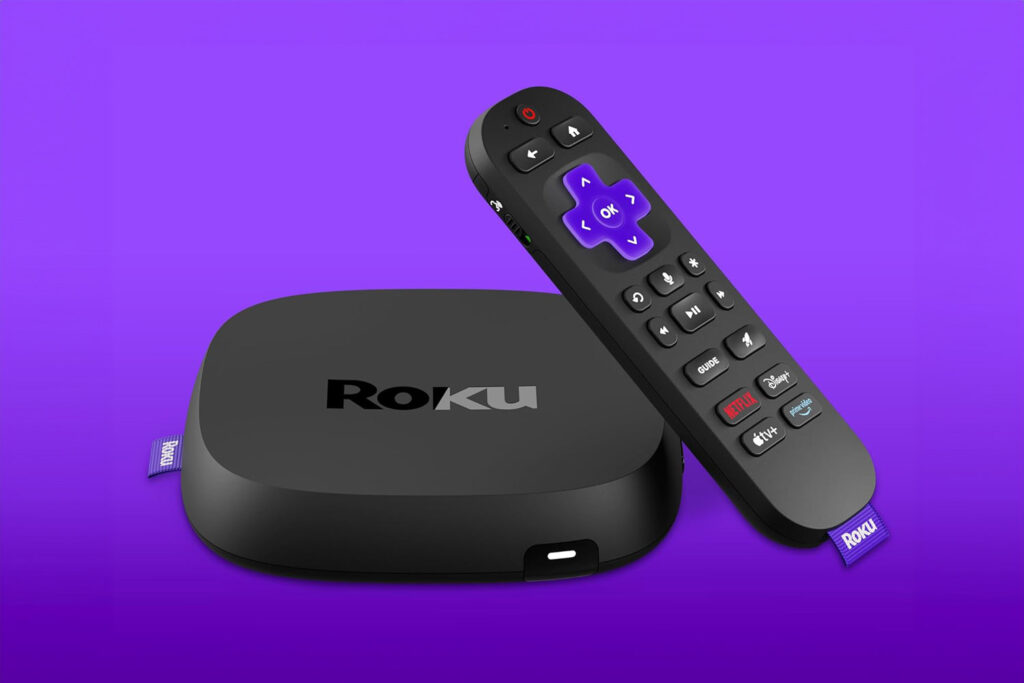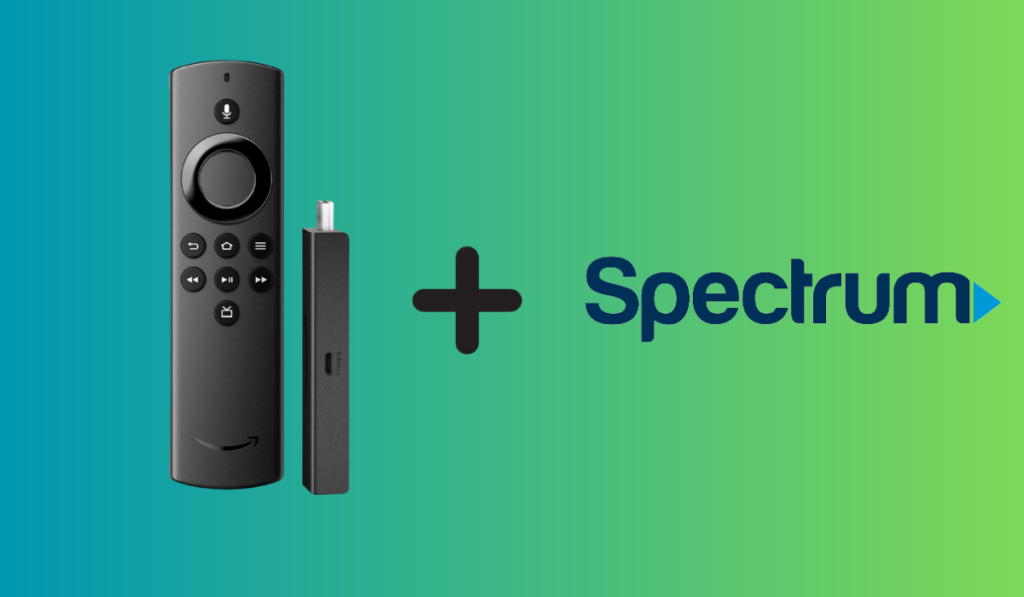Do you love playing movies on your Blu-ray player? If so, you might be wondering if you can get Dolby Atmos audio. While you might think, “of course”, the disc has Dolby Atmos audio, so my Blu-ray player can play it. Unfortunately, that isn't always the case. The real question is, can any Blu-ray player support Dolby Atmos?
If your Blu-ray player was released after 2013, the device should be capable of playing Dolby Atmos sound. As long as the Blu-ray player supports Dolby TrueHD and bitstream audio, it can output Dolby Atmos audio. The soundbar or AV receiver and the Blu-ray disc must also be Dolby Atmos-enabled.
If the Blue-ray disc is not Dolby-compatible, it might support DTS, a good alternative. DTS also enables object-oriented surround sound effects with DTS:X. So, without any further ado, let’s find out which devices you will need to play Atmos sound from a Blu-ray player.
Can All Blu-Ray Players Play Dolby Atmos?

Luckily, most Blue-ray players released after 2013 can play Dolby Atmos sound. Dolby Atmos audio is typically provided through the Dolby TrueHD audio codec.
The Dolby Atmos metadata is attached to the Dolby TrueHD audio stream and sent to the connected soundbar or A/V receiver.
So as long as the Blu-ray player supports Dolby TrueHD, then you shouldn't have any issues with getting Dolby Atmos audio to your soundbar or speaker system. Of course, these devices will also need to support Dolby Atmos audio.
Not All Blu-Ray Discs Have Dolby Atmos
Don't be disheartened. It's true that not all Blu-ray discs have Dolby Atmos. However, this does not mean they do not support object-oriented 3D surround sound technology. Instead, surround sound is also possible with DTS, which processes audio to provide a similar effect.
Some Blu-ray discs use DTS as an alternative to Dolby. DTS and Dolby audio processing work in very similar ways. DTS:X is the Dolby Atmos equivalent.
DTS:X uses auto-calibration and its object-based processing to create a multi-dimensional audio environment. Additionally, users can play around with volume controls to adjust voices.
This makes it possible to adjust the clarity of dialogues that might seem otherwise unclear.
What Equipment Do You Need to Get Dolby Atmos Sound?
It’s a good start to know that your Blu-ray player supports Dolby Atmos. However, you will need to make sure that the others devices connected to the player are Atmos-enabled as well.
Here is what you will need to configure the complete home setup with a Blu-ray player to achieve 3D surround effects:
1. Compatible Soundbar or Ceiling Speaker
Many of the higher-end soundbars include compatibility with Dolby Atmos audio. And almost all medium to higher-end audio/video receivers will include Dolby Atmos support.
Whatever audio system you pick, just check in the specifications that it has support for Dolby Atmos and Dolby TrueHD.
It's also good to know that not ALL soundbars are capable of playing DTS audio. There are quite a few higher-end soundbars that support Dolby Atmos audio but do not support DTS:X.
Both the Sonos Arc and Bose Soundbar 900 support Dolby Atmos, but DON'T support DTS:X.
2. HDMI Cable

To transmit Dolby Atmos audio, you can use basically any HDMI cable at this point. However, it's best to use a premium HDMI cable with ethernet and a high-speed data transfer capabilities when watching movies in 4K, HDR, and using Dolby Atmos.
Something like the Highwings 8K HDMI Cable (on Amazon) will work perfectly fine for almost any use case.
3. Blu-Ray Player
As discussed, most of the Blu-ray players released after 2013 will allow for Atmos sound, but this isn't always the case!
For example, the Sony BDP-BX370 (on Amazon) does NOT support Dolby Atmos audio.
The Sony UBP-X800M2 (on Amazon) supports Dolby Atmos audio and is one of the most recommended Blu-ray players out there.
Again, just check the product description or specifications and ensure that it has Dolby Atmos support.
4. Blu-ray Disc
Then comes the Blu-ray disc. This must also support Atmos sound. Alternatively, it can use DTS to process surround sound effects.
You can look on the Blu-ray disc itself or on the back of the box for the Dolby Atmos or DTS:X logos.
5. TV
Depending on the availability of the eARC/ARC port on your TV, there are two connection possibilities:
5A. TV With eARC/ARC Port
In this case, you can play Atmos content from a TV and a media player connected to the setup, such as a Blu-ray device. Here is how you can complete the configuration:
- Connect the soundbar and the TV using the HDMI eARC/ARC port with a high-speed HDMI cable.
- Use another HDMI cable, plugging one end to the soundbar’s IN port, and the other end to the Blu-ray player's OUT port. Alternatively, you can also use the TV’s IN port instead of the Soundbar.
- Make sure that the eARC function is enabled on the TV. Go to the ‘sound settings' and enable ARC/eARC. You might also see an Audio Output setting, this needs to be set to HDMI ARC/eARC. This setting will vary depending on the model of TV.
NOTE: If the TV only has ARC, not eARC, then you will be limited to Dolby Digital Plus which may contain a lossy Dolby Atmos audio signal. HDMI eARC allows for Dolby TrueHD (with lossley Dolby Atmos) to passthrough to the audio device.
Dolby Atmos support with HDMI ARC is a very confusing topic and varies from device to device.
5B. TV Without eARC/ARC Port
Unfortunately, you won’t get a Dolby Atmos audio signal from your TV without using the eARC/ARC port. However, you can still get Atmos audio by directly connecting the Blu-ray player to the audio device.
- Connect an HDMI cable from the soundbar or A/V receivers HDMI OUT port to any of the TV's HDMI IN ports (preferrable the ARC port if there is one).
- Connect an HDMI cable from the Blu-ray player to one of the soundbar’s or A/V receiver's HDMI IN ports.
- Select the correct HDMI inputs on both the TV and soundbar or A/V receiver.
Settings on Other Devices
You must get the settings right on your other devices, such as an AV receiver (if you're using one) and the Blu-ray player:
- Change the speaker pattern under speaker settings on your AV receiver to ‘Height/Overhead Speakers.'
- Make sure that the Sound Field under the Audio setting is turned to A.F.D. (Auto Format Decoding).
- On your Blu-ray player, ensure that the Audio setting is turned to ‘bitstream.’
You can refer to the device’s manual to complete these settings successfully.





